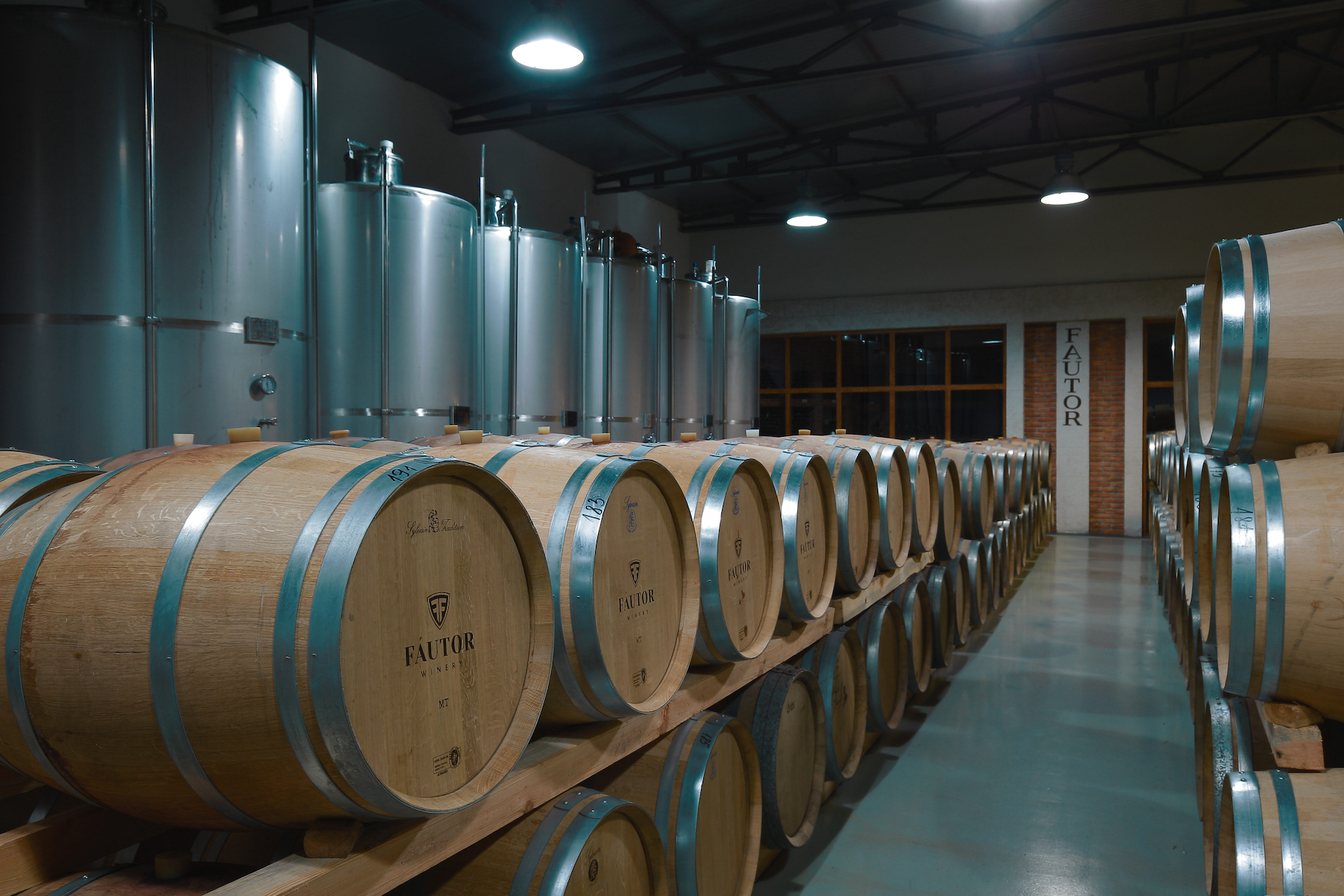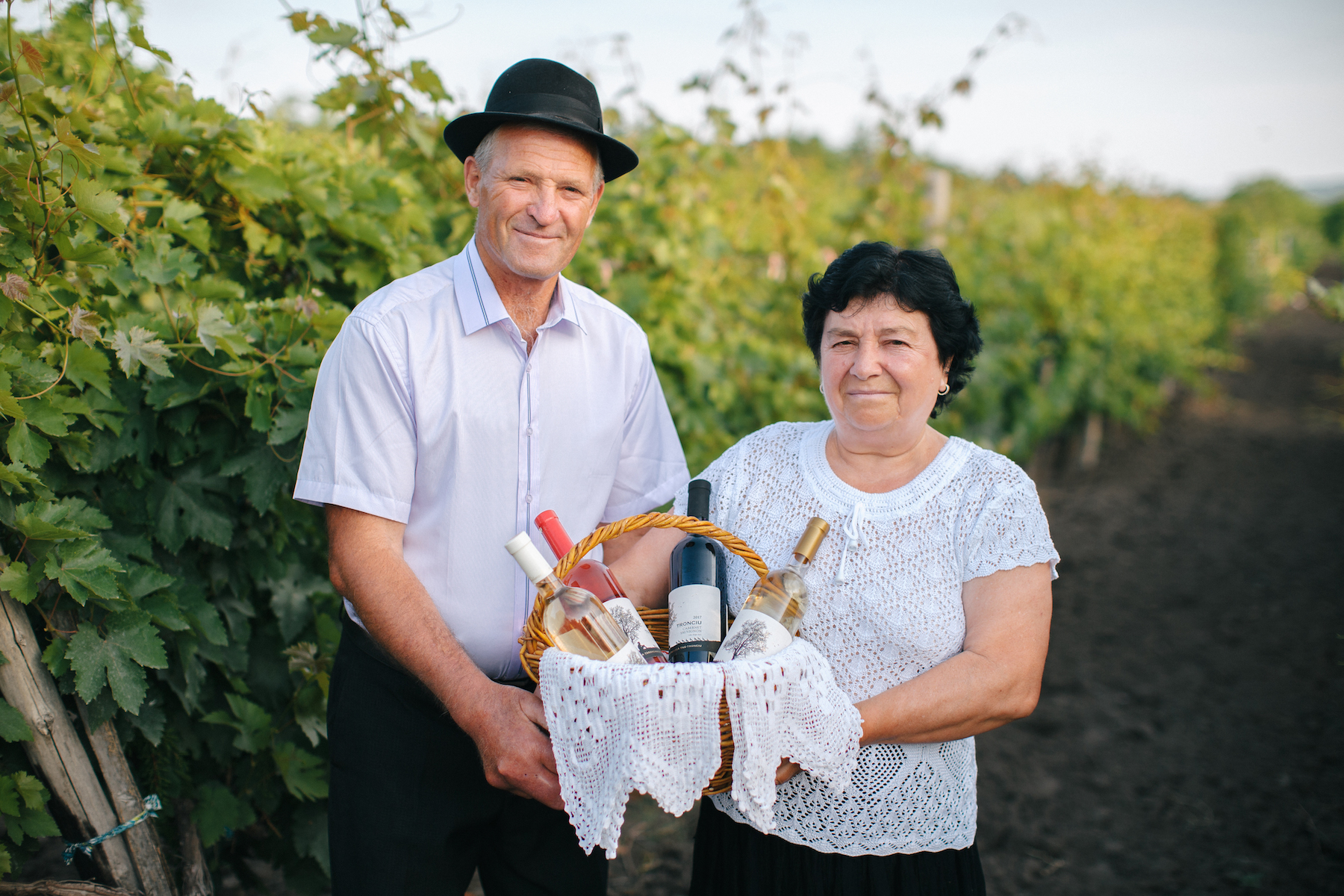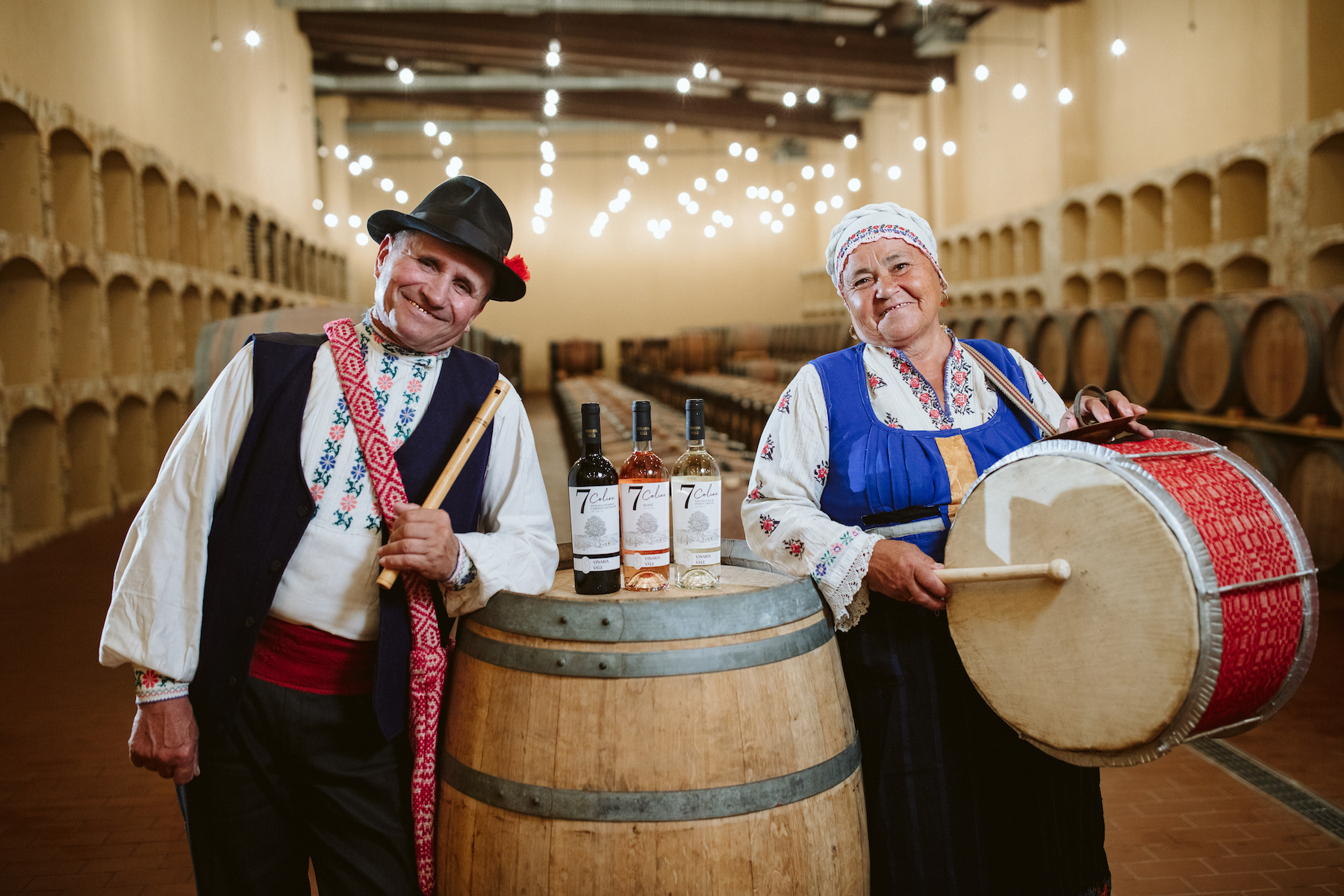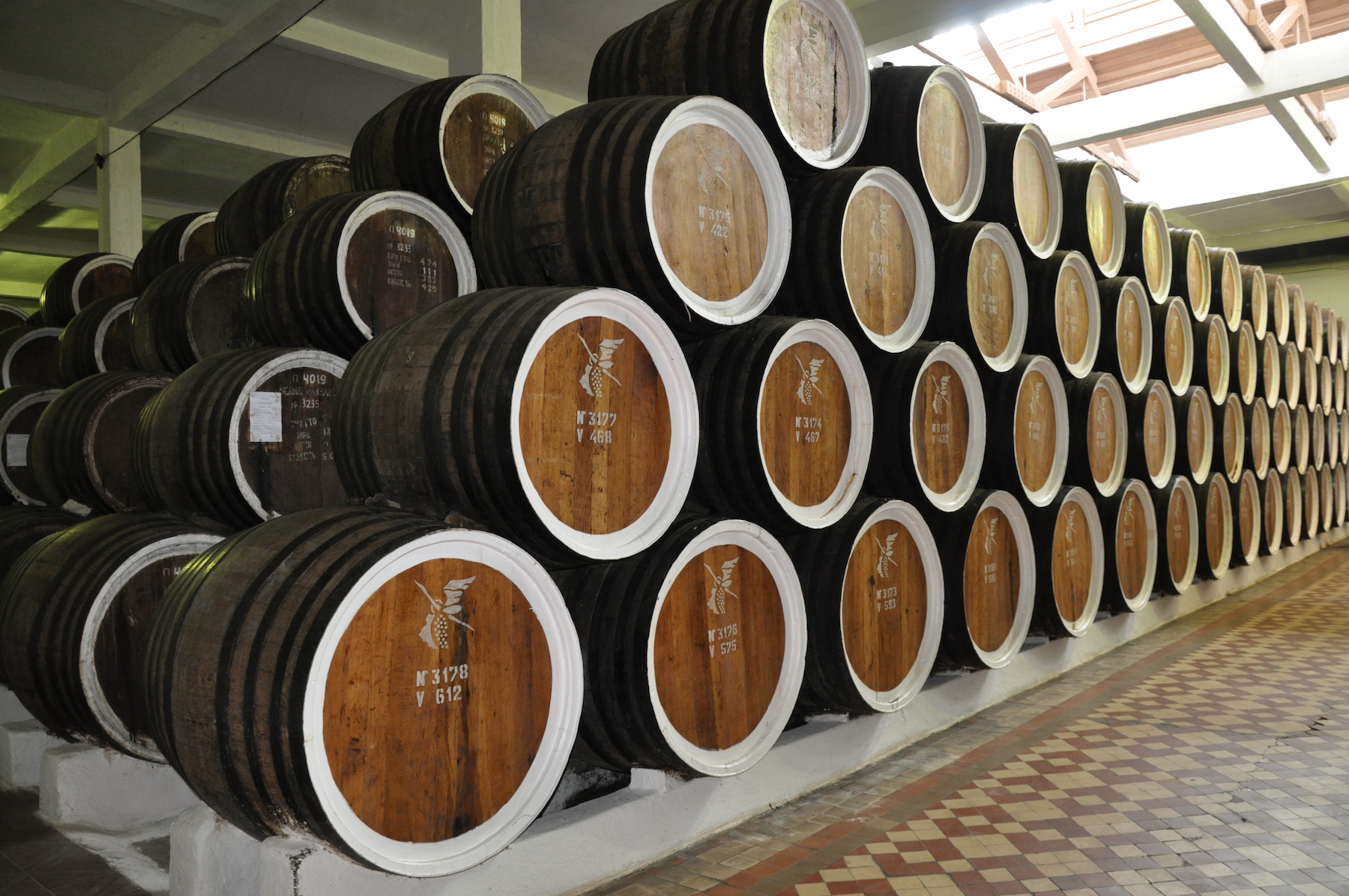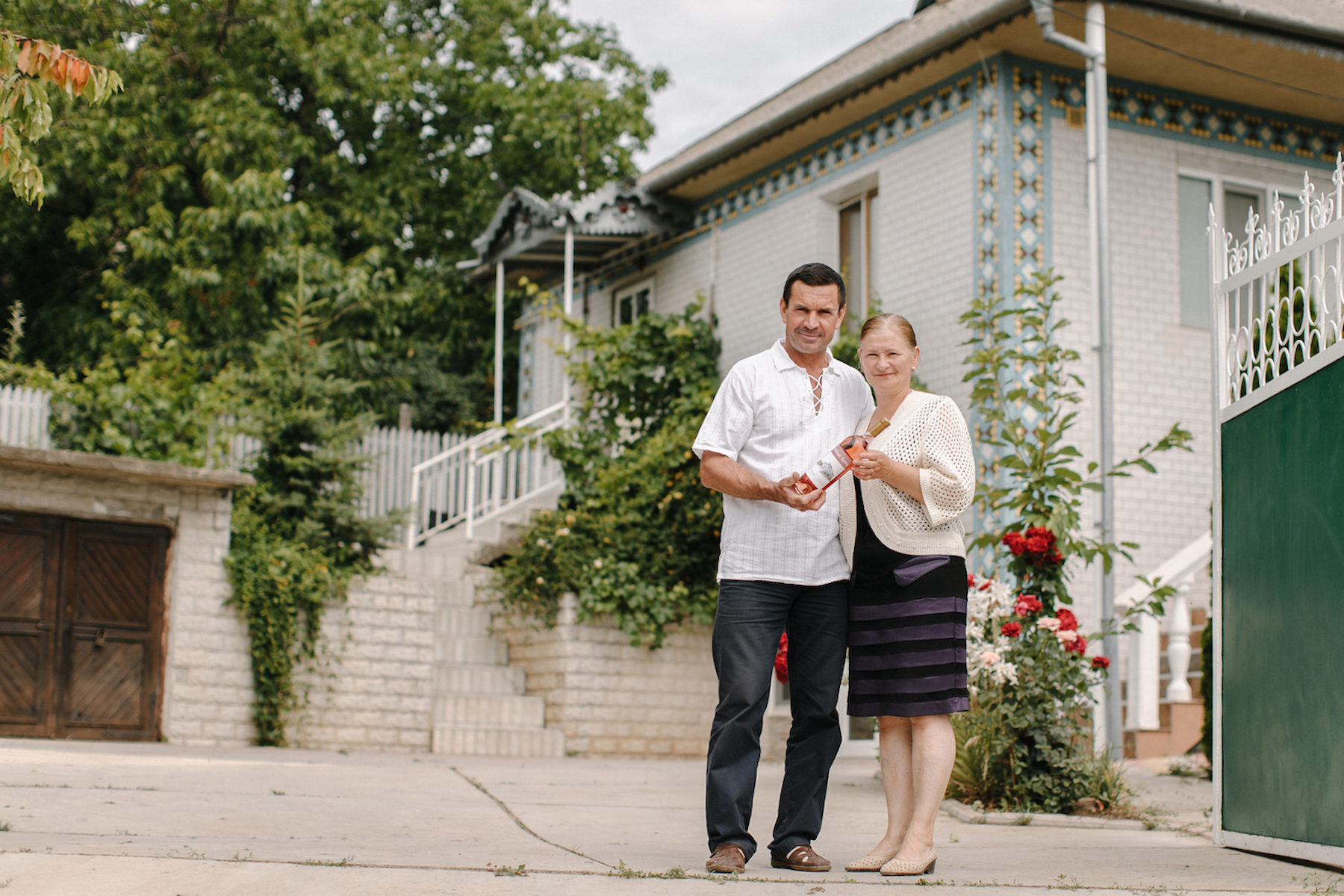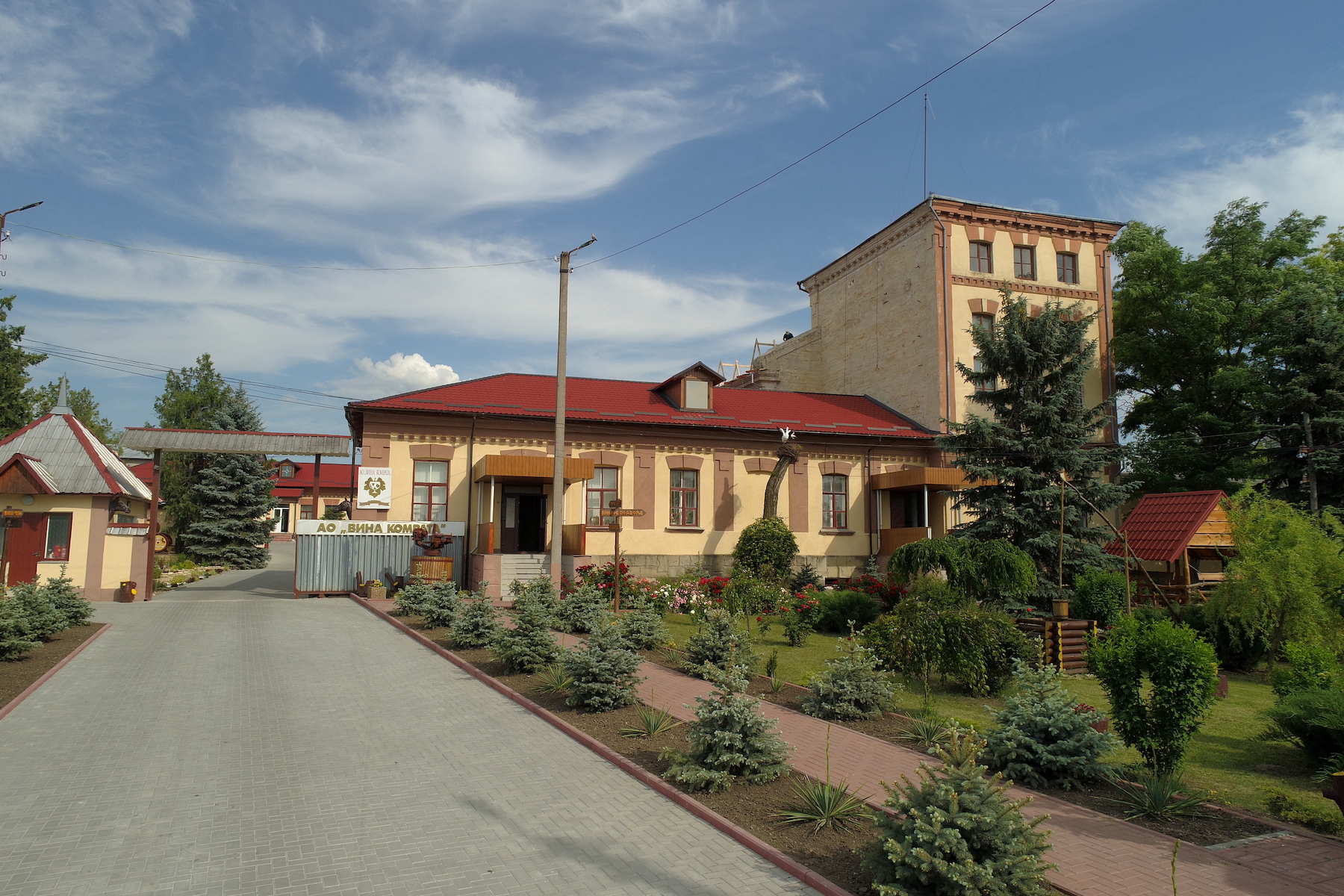The family-run Leuntea Winery enjoys one of the most storied histories in Moldovan wine making, with its vintages supplying the Russian imperial court beginning in Tsar Alexander I‘s reign in the early 1800s.
The Cissa family’s operation also boasts Moldova’s oldest wine cellars. Turkish occupiers built the tunnels that would become Leuntea’s wine storage area in the 1500s. The winery began using them to age vintages in 1817. Making the winery’s reputation even more lustrous is the fact that many celebrities have visited the operation in the past two centuries. They included the Russian poet Alexander Pushkin and two Russian generals. One general, Mikhail Vorontsov, helped defeat Napoleon, then became governor-general of the Moldovan and Ukrainian territories of Bessarabia and Novorossia. The other general, Ivan Liprandi, who also took part in the Napoleonic wars, provided material about them to Leo Tolstoy for his epic novel “War and Peace.” Two generations of the Cissa family are involved in the Leuntea Winery’s operations these days. In addition to the cellars and 18 hectares of vineyards, the family owns a mansion that is the centerpiece of the complex. Although the winery’s heralded past is always in the back of the family’s mind, it works hard to produce vintages that tantalize today’s consumers.
Leuntea-Vin
Fautor Winery
The Fautor Winery is a family operation that won more international awards for quality in 2017 and 2018 than any other Moldovan wine maker. One reason for the winery’s success is that its portfolio includes some rare vintages. The Fautor family said it approaches wine making like art, with the artist pouring beauty and emotion into their creations. The renowned American wine critic Robert Parker is one of the international experts who has praised Fautor vintages. He gave a Fautor Fumé Blanc a score of 90 and a Negre blend an 88 on his 100-point scale. Although Moldova’s wine-making tradition dates back thousands of years, the Fautor Winery is clearly one of the vintners that has taken it to a new level in recent times.
Gitana Winery
The Gitana Winery is a true family operation, with Petru and Svetlana Dulgher in charge, daughter Iuliana overseeing production and her sister Lilia heading marketing. The Gitana Winery started in 1999, when the Dulgers began renovating the decrepit Tiganca Winery that they bought in Plopi. They realized it would take hard work to create a winner, but they also knew they had a key to wine-making success – already constructed cellars with a constant temperature in summer and winter that were perfect for aging. The Dulgers obtain the grapes for their vintages from the best vineyards in the nearby Leova district. Contending that wine-making technology should only preserve what nature created when it made grapes, Petru and Svetlana decided not to buy enclosed fermenting tanks. Instead, they let their wine ferment in wooden tubs that allow the grapes to breathe.
Tronciu Winery
Nicolae Tronciu takes pride in saying that he operates one of Moldova’s smallest wineries. His idea is to make small batches of excellent vintages that reflect the passion he puts into his product. Founded in 1997, the Tronciu Winery obtains its grapes from the modest-sized, two-hectare vineyard that Nicolae planted. The Tronciu family likes entertaining visitors with terrific wine and lots of stories. Adding to visitors’ enjoyment is fresh-baked bread that Nicolae’s wife, Galina, makes in an outdoor oven.
Vinăria din Vale Winery
Ilie Davidescu laid the foundation for Vinăria din Vale Winery decades ago when he made wine for his family from a handful of grapevines in his yard. His son, Vladimir, turned the hobby into a business 20 years ago, although he stresses that it is still a family winery. Every family member works in the operation, which hires about 500 locals a year to harvest the grapes for the wine. Vinăria din Vale is in one of the most picturesque regions of southern Moldova. Not only does the Davidescu family love having visitors see its operation and taste its wine, but it also eager to show nature buffs the nearby Prutul de Jos Natural Reserve, a UNESCO World Heritage site.
Barza Albă Cognac Distillery
Located in the North of Moldova, in the heart of Balti city, the “Barza Alba” Divine Factory was founded in 1944. The name “Barza Albă” comes from a beautiful legend, according to which, in the time of Stephen the Great, a herd of noble storks carrying bunches of grapes in their beaks, which they let fall inside the citadel, saved the defenders of a fortress from the siege of the Tartars. The grapes and the invaluable help of these fliers increased the forces and raised the morale of the troops who heroically repelled the attacks of the invaders until the army led by Stephen the Great came to their support. ”Barza Alba” has an impressive portfolio of ennobled divinities in barrels from 3 to 50 years. Among the most recognized divinities produced by ”Barza Albă” are “Belîi Aist”, “Bălți”, “Speranta”, “Prezident” etc. Over the years, these divines have accumulated more than 150 medals in their records, of which 80 gold, 10 “Grand Prix” but also the “Star AWARD” prize for special merits in the field of quality. “Barza Albă” is the right destination for wine tourism lovers and those who are looking for new wine experiences full of refinement. The company’s sommelier is the one who will tell you with great love about the history and components of Brandy, Divin, “Swept Apple Cider Brandy” and will teach you how to distinguish the types, aromas, colors and tastes of the drinks.
Vinia Traian
Two thousand years ago the Romans made wine on the slopes of the Bugeac Plain, where the Vinia Traian operation is located. The winery is in an area where the Moldovan, Ukrainian and Romanian borders meet. The Bugeac Plain is home to the misnamed Trajan’s Wall, earthen fortifications that Germanic tribes – not Romans – erected against local tribes in the 3rd and 4th centuries. The winery, started during the Soviet era in 1975, selects its grapes from the best that growers in the area have to offer. It is also creating its own vineyard. Guests can not only enjoy the operation’s wines, but also local cheeses and traditional Gagauz dishes, such as a hearty stew called kavarma and meat-stuffed cabbage, or sarmale.
Mihai Sava Winery
The Mihai Sava operation is named for a man who is so passionate about vintage making that he turned his house and yard in the Pojogana Hills into a small winery. The vineyards’ beauty and the operation’s mom-and-pop size and authenticity have been attracting a growing number of visitors. Mihai was so intent on producing some of Moldova’s best vintages that he studied wine making in Anjou, France, in 2011. The owners of small operations there suggested he pair wine making with hosting tourists. Those who visit Mihai’s operation love taking a stroll on the winding paths near the winery. As lovely as the scenery is, the best part of visiting the winery is tasting his products. Bianca is his pride. Mihai produces Moldova’s only bottled version of this vintage, made from grapes with the same name.
Comrat Wines
Founded in 1897, Comrat Wines is one of southeast Moldova’s oldest vintners. It has weathered tragedies to retain its great wine-making reputation. The first tragedy was the destruction of Comrat’s vineyards during fighting on its grounds in World War I. The second tragedy was there was no attempt to resurrect the wine-making operation for 40 years. The Soviets finally brought it back in the 1960s when they started a collective farm on the property that included grape and wine production. Today, Comrat makes dozens of wine varieties, sells them in its own retail stores across Moldova, and exports them to Europe and Asia. Visitors rave about the combination of Comrat’s wines and the local Gagauz cuisine, a blend of Bulgarian, Turkish and Moldovan fare. Comrat Wines produces both standard and rare vintages, including a Rosu de Comrat 1996 and a sweet white Auriu 1994.

